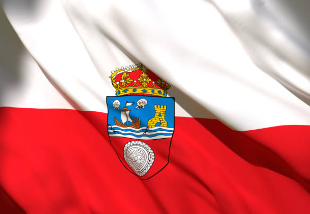
-
Exploring Cantabria: Spain’s Northern Gem
Cantabria, located in the northern part of Spain, is a region renowned for its stunning landscapes, rich history, and cultural heritage. Nestled between the Bay of Biscay and the Cantabrian Mountains, Cantabria offers a diverse range of experiences from dramatic coastlines and lush green valleys to historic towns and prehistoric caves. This article explores the key highlights of Cantabria, including its geography, cultural landmarks, top attractions, and culinary delights.
-
Geography and Climate
Cantabria covers an area of approximately 5,321 square kilometers and is bordered by the Basque Country to the east, Castilla y León to the south, and Asturias to the west. The region is characterized by its varied topography, which includes the rugged Cantabrian Mountains, rolling hills, and a picturesque coastline.
The climate is typically oceanic, with mild temperatures year-round and high rainfall. Winters are relatively mild, with temperatures rarely dropping below freezing, while summers are pleasantly warm, averaging between 20°C to 25°C (68°F to 77°F). The abundant rainfall contributes to the region’s lush, green landscapes, making it one of the greenest areas in Spain.
-
Cultural and Historical Significance
Cantabria has a rich cultural heritage that dates back to prehistoric times. The region is famous for its ancient cave art, particularly the Altamira Cave, which contains some of the best-preserved examples of Upper Paleolithic cave paintings in Europe. These paintings, depicting bison and other animals, are considered a UNESCO World Heritage Site and offer a glimpse into early human life.
Throughout history, Cantabria has been influenced by various civilizations, including the Romans and Visigoths. The region’s medieval architecture and historical sites reflect its storied past, from Romanesque churches to ancient fortresses.
-
Top Attractions in Cantabria
- Santander: The capital city of Cantabria, Santander, is a vibrant coastal city known for its beautiful beaches, elegant architecture, and lively atmosphere. Playa de El Sardinero, one of the city’s most famous beaches, is ideal for sunbathing and water sports. The Palacio de la Magdalena, a grand seaside palace, and the Museo de Prehistoria y Arqueología de Cantabria are also noteworthy attractions.
- Altamira Cave: The Altamira Cave, located near the town of Santillana del Mar, is renowned for its stunning prehistoric cave paintings. Visitors can explore the replica cave and museum, which provide insight into the art and culture of early humans.
- Santillana del Mar: Often referred to as one of Spain’s most picturesque towns, Santillana del Mar boasts a well-preserved medieval old town with cobblestone streets, charming squares, and historic buildings. The Colegiata de Santa Juliana, a Romanesque church, is a highlight of the town.
- Potes and the Picos de Europa: Potes is a quaint village located in the heart of the Picos de Europa National Park, a stunning mountain range known for its rugged beauty and outdoor activities. The park offers excellent opportunities for hiking, climbing, and exploring scenic landscapes.
- Comillas: The town of Comillas is notable for its modernist architecture, including the Capricho de Gaudí, a whimsical building designed by the famous architect Antoni Gaudí. The town also features the Palacio de Sobrellano, an elegant neo-Gothic mansion with beautiful gardens.
- Cave of El Soplao: Known for its unique geological formations, the Cave of El Soplao offers an impressive underground adventure. The cave is famous for its stunning stalactites, stalagmites, and eccentric formations, making it a must-visit for nature enthusiasts.
-
Cuisine of Cantabria
Cantabrian cuisine is characterized by its emphasis on fresh, local ingredients, particularly seafood and dairy products. The region’s coastal location means that seafood is a central component of its culinary traditions. Anchovies from Santander and rabas (fried calamari) are local specialties.
Cocido montañés, a hearty stew made with beans, pork, and vegetables, is a traditional dish enjoyed throughout Cantabria. Another regional favorite is sobaos pasiegos, a type of sponge cake made with butter and eggs, often enjoyed with a cup of coffee or tea.
Quesada pasiega, a creamy cheese dessert made from fresh cheese, eggs, and sugar, is also a popular treat in Cantabria. The region is known for its artisanal cheeses, particularly those made from cow’s milk, which are often enjoyed with crusty bread and local wines.
-
Festivals and Events
Cantabria hosts a variety of festivals and cultural events throughout the year, celebrating its traditions and heritage. The Fiesta de la Vijanera, held in the town of Silió, is a traditional winter festival featuring masks, costumes, and folk music, celebrating the arrival of the new year.
The Feria de la Alubia in La Montaña, a festival dedicated to local beans, showcases the region’s agricultural traditions with food stalls, cooking demonstrations, and live music. The Festival Internacional de Santander, held in the summer, is a prominent cultural event featuring music, dance, and theatrical performances.
-
Conclusion
Cantabria is a region that offers a diverse range of experiences, from exploring prehistoric caves and medieval towns to enjoying stunning coastal landscapes and outdoor adventures. Its rich history, vibrant cultural scene, and delectable cuisine make it a captivating destination for travelers seeking to experience the best of northern Spain. Whether you’re exploring the ancient cave art of Altamira, relaxing on the beaches of Santander, or hiking through the Picos de Europa, Cantabria provides an unforgettable journey into Spain’s natural and cultural heritage.
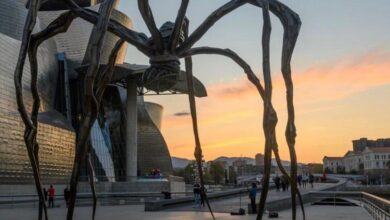




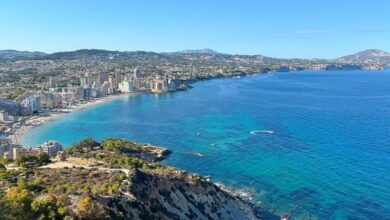
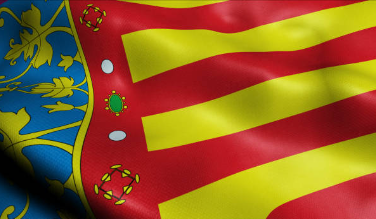
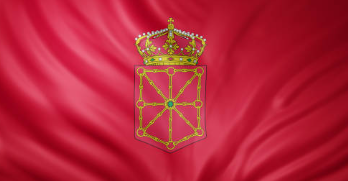
One Comment